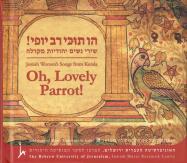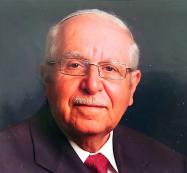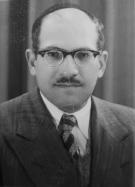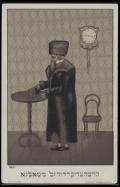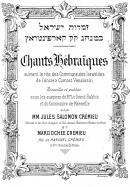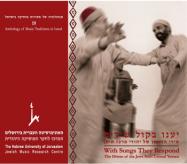(186 results found)
29. Blessing for the Bridegroom
… synagogue to be married. Set to the tunes of four popular Hebrew songs, it invokes the divine blessings given to … Jewery … Jewish communities … Languages … Women … Women singing … Women's songs … Israel … Cochin … Barbara C. …
18. Song of Sarah-Umma (Mother Sarah)
… slaughtered. Umma is a Malayalam word for “mother”, and the Hebrew title Abinu (our father) is commonly given to the … Jewery … Jewish communities … Languages … Women … Women singing … Women's songs … Israel … Cochin … Barbara C. …
6. Vayalil Vasikkum Stṟiyĕ (Dwelling in the Field)
… in Kochi by Eliyahu Japheth (d. 1935), of the medieval Hebrew piyyut " Shokhant ba-sadeh " by Salomon Ibn Gabirol … Sung at any festive occasion with the same tune as the Hebrew original, it is especially popular for parties … Jewery … Jewish communities … Languages … Women … Women singing … Women's songs … Israel … Cochin … Barbara C. …
Ezra Barnea
… music in which different Oriental traditions of piyyut singing coalesced with the dominant tradition of the Jews … Library of Israel), the Jewish Music Research Centre at Hebrew University, and the Department of Music at Bar Ilan … Barnea founded the “Central School for Cantors and Jewish Singing” first in Jerusalem and Bat Yam and later in other …
A Flowering Debate: A Judeo-Spanish Song (not just) for Tu BiShvat
… they all open with a stanza from a trilingual poem (Hebrew, Ladino and Turkish) whose last line, “Sobre todo es … the connection between El debate de las flores and sacred Hebrew poetry ( piyut ), not only because it appears almost … of these recordings the singer recites the text before singing it, attesting that she does not remember “all the …
Yaakov Huri
… a mission in an effort to stimulate the worshipers through singing, and therefore he was always careful to invest in … Bank. His command of three languages English, Arabic and Hebrew led him to this job in which he was highly esteemed. … recorded everything”), and stressed that Huri recorded one Hebrew song, “ H ay, h ay yodu h ay” that “no one else had …
Tish-nigunim Ascribed to Yosl Tolner and the Aesthetics of the Genre
… Hasidic tish-nigunim. Nigunim (Yiddish nign , from the Hebrew niggun —melody) are chants, some with words but most … origin, klezmer tunes, and melodies of Yiddish popular and Hebrew quasi-Hasidic songs that were instrumentally … performance context of nigunim was not weddings, but rather singing on Sabbaths, when playing instruments was forbidden. …
Yossef (Yusuf) Zaarur
… vocal repertoire of his community and to the Iraqi Arab singing style. Yossef is not to be confused with his much … music. According to family lore (see recorded interview in Hebrew with Zaarur’s daughter ), when Yossef was eight years …
A cantor’s pledge in the High Holyday’s Provençal liturgy (Minhag Carpentras)
… term translates literally as “permission” or “consent” the Hebrew word also resonates with privilege, i.e. the honor … unique. Its compositional principle is somehow similar to Hebrew psalmody, whereas a musical phrase consisting of two … is the only evidence we have of this liturgical text, the singing of this string of Psalms remained alive in the oral …
"Vatzulna hataf al-alhan - Vehalleluya" (May the sound of the song come to me - Hallelujah)
… has ten stanzas, of which only the fifth and sixth are in Hebrew, and the others in Arabic. Here the parts that are … first stanza, the first verse of the second stanza, and the Hebrew stanzas (complete version, with translation, in … Yosef responds from the second verse onwards, with Zecharia singing the opening and Yosef the closing hemistich …

